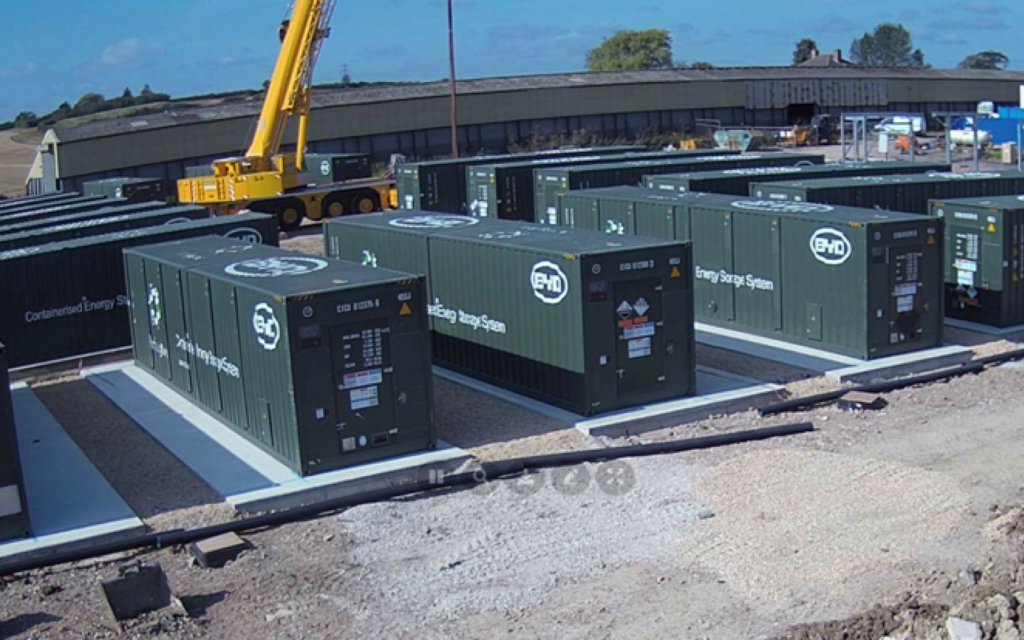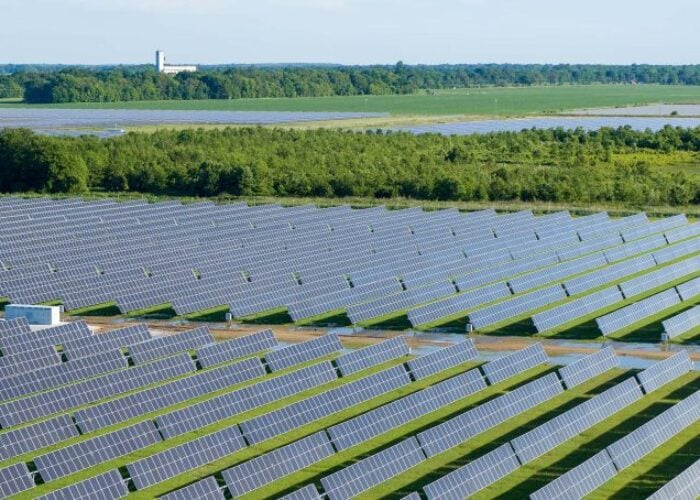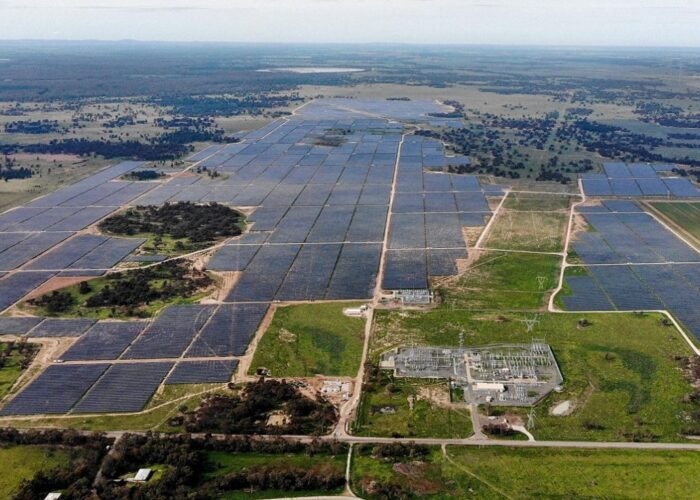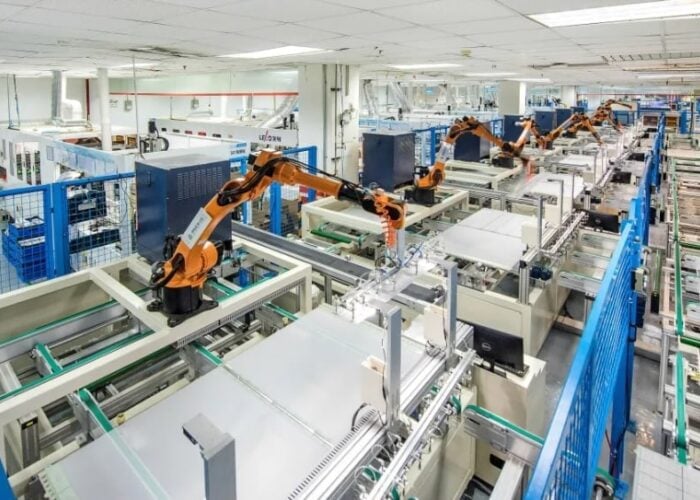
Renewable energy company and Solar Module Super League (SMSL) member Canadian Solar has invested in UK-based battery storage software company Habitat Energy.
The company will offer Habitat Energy’s “enhanced technology solutions” for grid-scale battery storage assets such as its trading platform, providing battery storage owners and developers with wholesale and balancing market opportunities.
Unlock unlimited access for 12 whole months of distinctive global analysis
Photovoltaics International is now included.
- Regular insight and analysis of the industry’s biggest developments
- In-depth interviews with the industry’s leading figures
- Unlimited digital access to the PV Tech Power journal catalogue
- Unlimited digital access to the Photovoltaics International journal catalogue
- Access to more than 1,000 technical papers
- Discounts on Solar Media’s portfolio of events, in-person and virtual
Or continue reading this article for free
The partnership will use Canadian Solar’s existing global network to provide additional solutions to renewable asset owners and developers such as optimisation and grid dispatch services.
At the same time, Habitat said in a statement that it would be able to build on its presence in the UK and Australia.
Habitat’s services combine algorithmic forecasting and artificial intelligence in its proprietary software, PowerIQ, which can also be applied to solar-plus-storage assets.
Canadian Solar’s chief executive, Dr Shawn Qu, said the partnership will allow the renewables group to “continue to de-risk and improve returns for project owners and investors, while contributing to a smarter, stabler, cleaner and more powerful global electric grid for global consumers.”
“The power grid of tomorrow is not only built by renewable energy and battery storage, but crucially driven by artificial intelligence, big data, machine learning, cloud computing and many more technologies,” Qu said.
The company said last month it also plans to launch its first N-type heterojunction (HJ) PV modules in the second half of this year, having completed the construction of a 250MW pilot line for the products’ development in late 2020.







